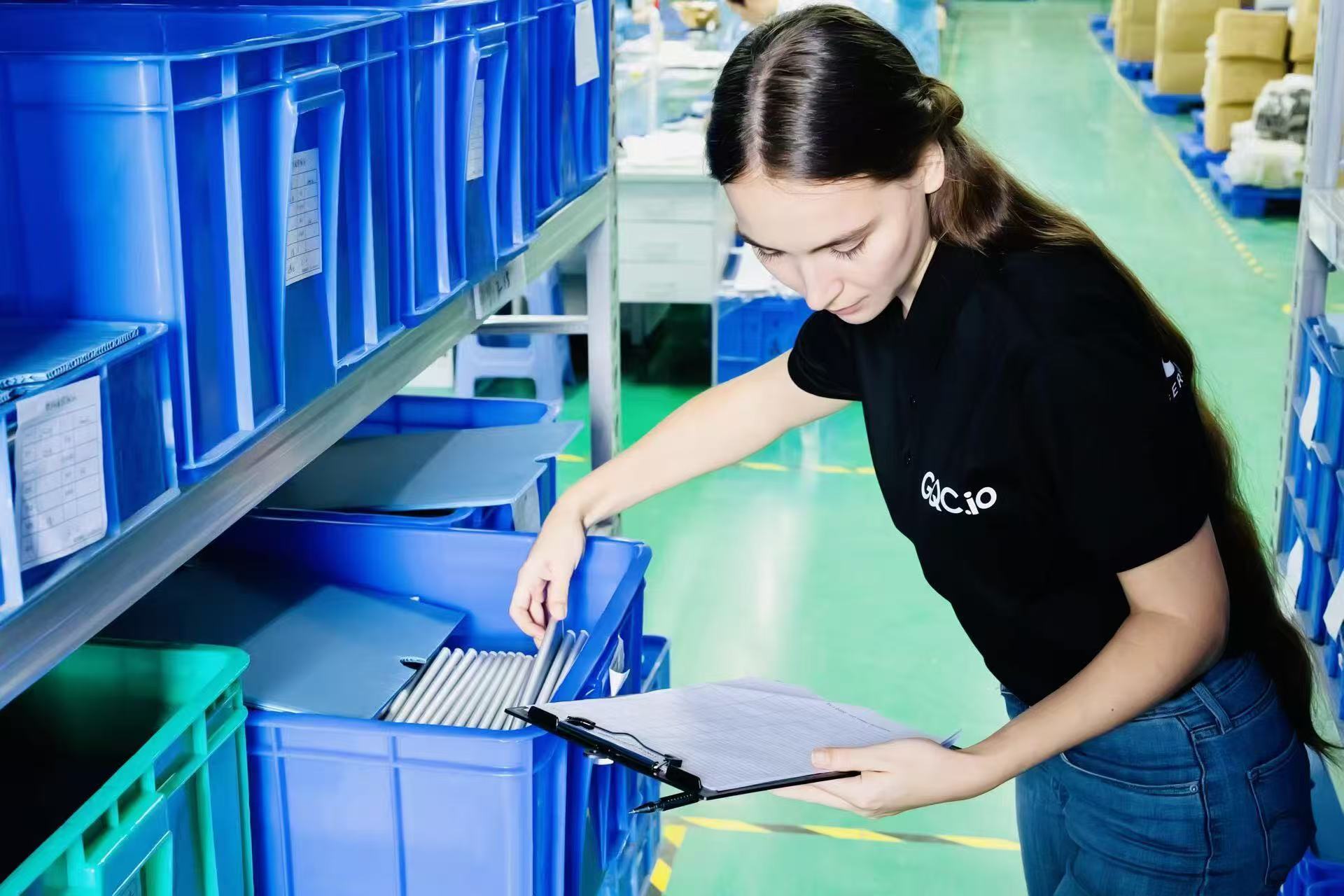It is important to check all product specifications when performing a quality inspection, this can be accomplished by creating a comprehensive inspection checklist. An inspection checklist is used to ensure that all aspects of a product are inspected and documented during or after the production process. This ensures that no defects or flaws go unnoticed, and prevents faulty products from being shipped out and sold to consumers.
A product checklist is a collection of documents that contain the checkpoints relevant to a specific product. There is no one-size-fits-all solution when it comes to creating a product checklist as each company can have different requirements and needs, but generally, they all share the same main elements for manufactures or importers/exporters and for During Production or Pre-Shipment Inspections. Properly created checklists should include:
- Quantity and storage requirements: The inspectors check the correct quantity of the product batch in the warehouse and inspect the arrangement of cartons. They also make sure that the warehouse is dry and clean and that workers have not damaged the cartons while loading them onto pallets.
- Product Packaging: The correct packaging specifications, such as size and weight, are important for warehousing and sales. Labels, barcodes, carton markings, giftbox design and instructions must be followed according to customers’ specifications.
- Workmanship of the Product: Visual inspection of the product for flaws is an important part of the overall inspection, as poor workmanship often leads to product returns or negative product ratings. Depending on the material, there should be adjusted checkpoints.
- Product Specification: The accessories, dimensions, weight and size of a product are obvious points to consider, but technical specifications such as power consumption, power cable length etc. also need to be checked and evaluated.
- Product Testing: Functional testing can ensure that a product performs as intended. It should follow all specifications from the instruction manual, technical datasheet, and general product-specific tests. These tests may include charging and discharging (discharge capacity), electrostatic discharge (ESD), high-potential voltage (HiPot), and earth leakage current (ELC). Safety testing is also a part of this step.
- Special Requirements: Our customers' needs are unique, so we perform a variety of checks on each lot to ensure their requirements are met and defects from previous production runs are avoided.
Product checklists are necessary because they ensure the quality of manufactured products and can be used to prevent any defects. A good checklist is comprehensive, covering relevant items and applicable to specific industries like those in manufacturing, construction, and others. They are a great way of ensuring that all areas of production are covered at every stage and that you are building something sturdy and reliable. If you want to make sure your company has the tools it needs to succeed, adding a product checklist to your arsenal is the best practice. German Quality Control provides services to cover all stages of manufacturing and offers customized product checklists to all our clients. Learn more and book your free consultation at www.gqc.io





